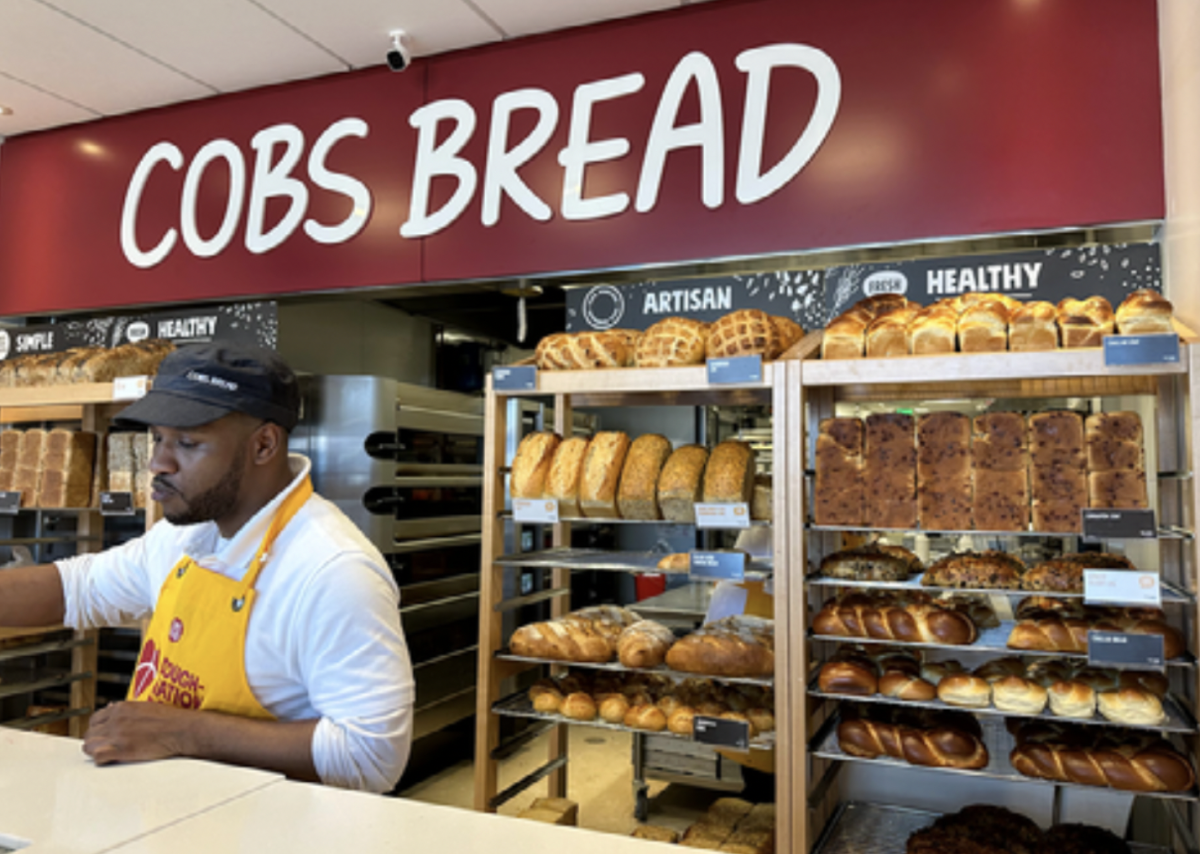Paper Features: Comic book class offers visual perspective for English classes
There are three panels in Nick Greene ’16’s comic sequence. The first panel shows a close up of black and white sneakers resting on the gas pedal and clutch. The second displays a hand, contrasting with the black background, shifting gears. The final panel flashes to the speedometer.
“In every comic book you have a sequence of events, and it’s more of a juxtaposition than traditional storytelling,” Greene said. “So the whole point of the sequence project was to get three or four images that kind of had a flow, and you could understand what was happening without the need for text.”
This sequence project was just the precursor for the comic book that Greene and his classmates will eventually make in their Visual Literacy class, otherwise known as the comic book class.
Visual Literacy was introduced in the 2014-15 school year, though, according to English teacher and co-creator of the course, Jesse Bauks, it was a long time in the making. About six years ago, Bauks and design and tech teacher Carla Eichler pitched the idea for the course but was told it was not “an appropriate time to present to the [Board of Education] a ‘funny books’ course,” Bauks said.
However, once Julie Heller, the current English department chair, took over, the course was immediately brought to the Board of Education because of its correspondence with Common Core values.
“It’s a combination of traditional literary study and visual literacy,” Bauks said.
While the end goal of the class is for students to create their own comic strip, most of class time is used for discussing and analyzing comics. Every Monday, Bauks lets students choose an independent comic book to read for that week. One desk in the classroom is piled high with brightly colored and slightly weathered comics ranging from “six, seven volume comics to my old ‘X-Men’ comics from the 90s,” according to Bauks.
“It’s really nice because it’s simple, it’s straightforward and it doesn’t feel as taxing as just straight text because you get the images to break it up,” Greene said about the weekly readings. “It’s got a very nice flow to it.”
After reading and analyzing these weekly comics, students write a reflection on what they’ve read. Through reading and reflecting, students develop new skills in analyzing specific images and how they contribute to the larger meaning of the text.
“There’s a lot that goes into every little panel, and if you carefully analyze a panel, you’ll see all of the artistic elements and principles of design that go into said panel, and you can actually get a lot of information from panels without text describing the scene,” Greene said.
Greene noted in particular his analysis of the most recent comic he had read, “Superman: Red Son,” in which he noticed the differences in artistic styles to portray the different types of characters.
“Superman had this elaborate costume, and he looked clean, and his clothes looked good,” Greene said. “Yet you looked at the people he was saving and the environment he was in, and it was clear that the buildings were falling apart, and everything was kind of a dingy shade of beige.”
Similarly, Annemieke Mathissen ’16 developed a keener eye in analyzing comic panels while reading “The Last of Us,” a comic book based off of a video game. The storyline revolves around a girl who learns to survive in a zombie-apocalypse setting.
“The rounded and more simplistic faces of the characters basically make the characters seem like more innocent and kinda naive,” Mathissen said regarding the beginning of the comic. “You can see in later artwork and the video game itself […] they’re far more realistic and harsh art styles. […] It makes them look more experienced and weathered.”
This analysis of comic panels comes into play when the students have to make their own comics. Bauks recounted the time one student wrote a comic based on the floating island of garbage in the Pacific Ocean, emphasizing the sheer creativity that went into the project.
“When she did some research on it, she found that it’s not actually literally a floating island of garbage. […] Most of it is plastic that’s been dissolved, so it floats under the surface,” Bauks said. “She did this kind of neat story about a researcher who’s out studying the reef and then he finds these creatures, and actually what they do is, they eat the plastic.”
Through comic analysis and the final project at the end of the class, students obtain a new lens in viewing literature and art.
“There’s a lot of more higher-brow literature and analysis that’s going into comics now,” Bauks noted. “It’s not just ‘funny books’ anymore.”
Jen Gouchoe ’16 is no stranger to the arts. In her Sophomore year she joined Inklings as a staff writer, and has been an active participant since; while...











































